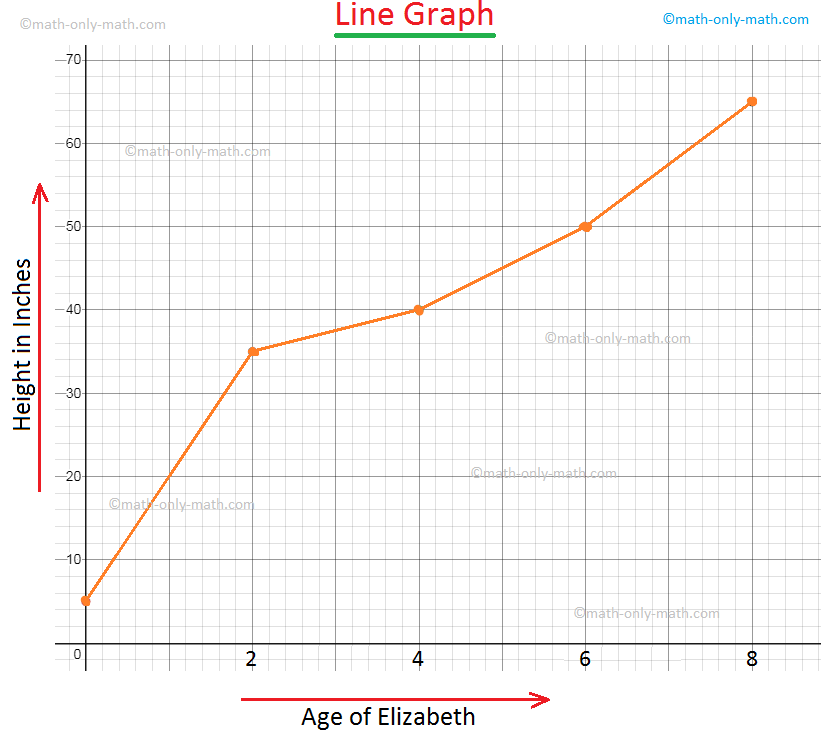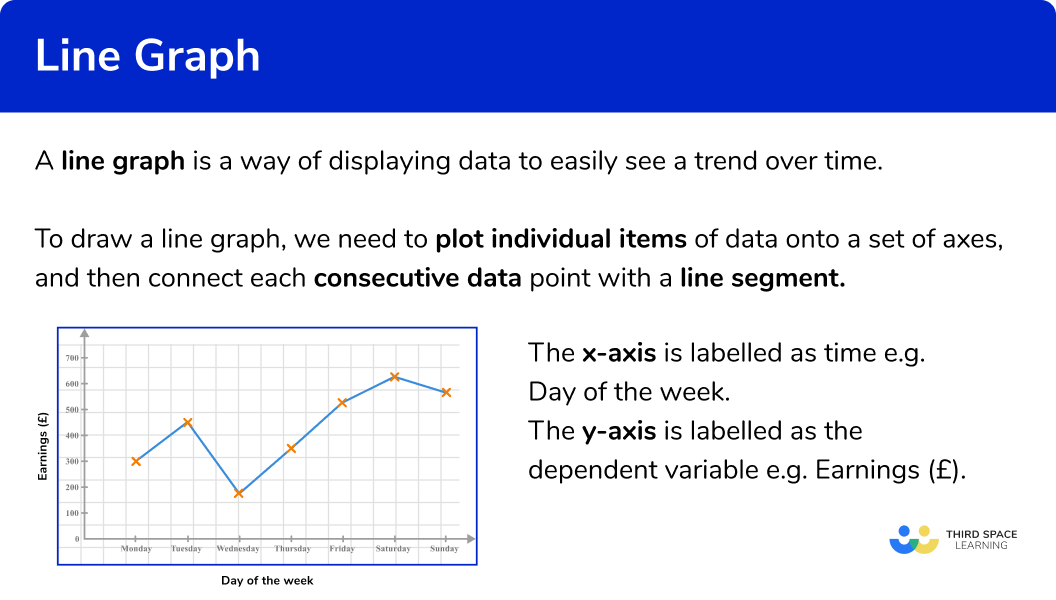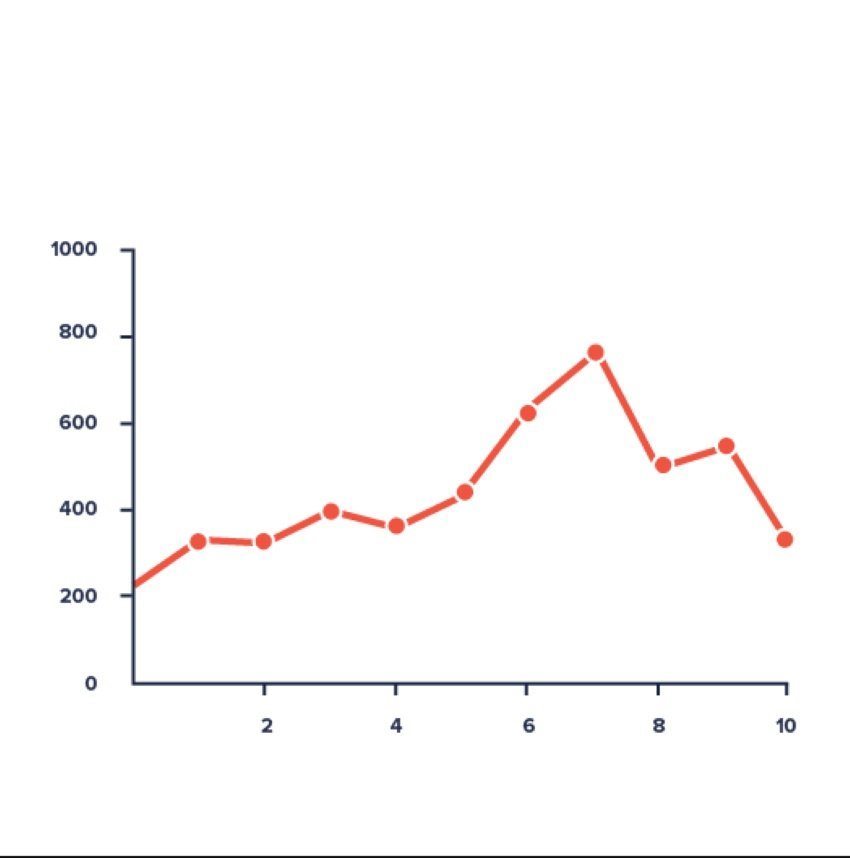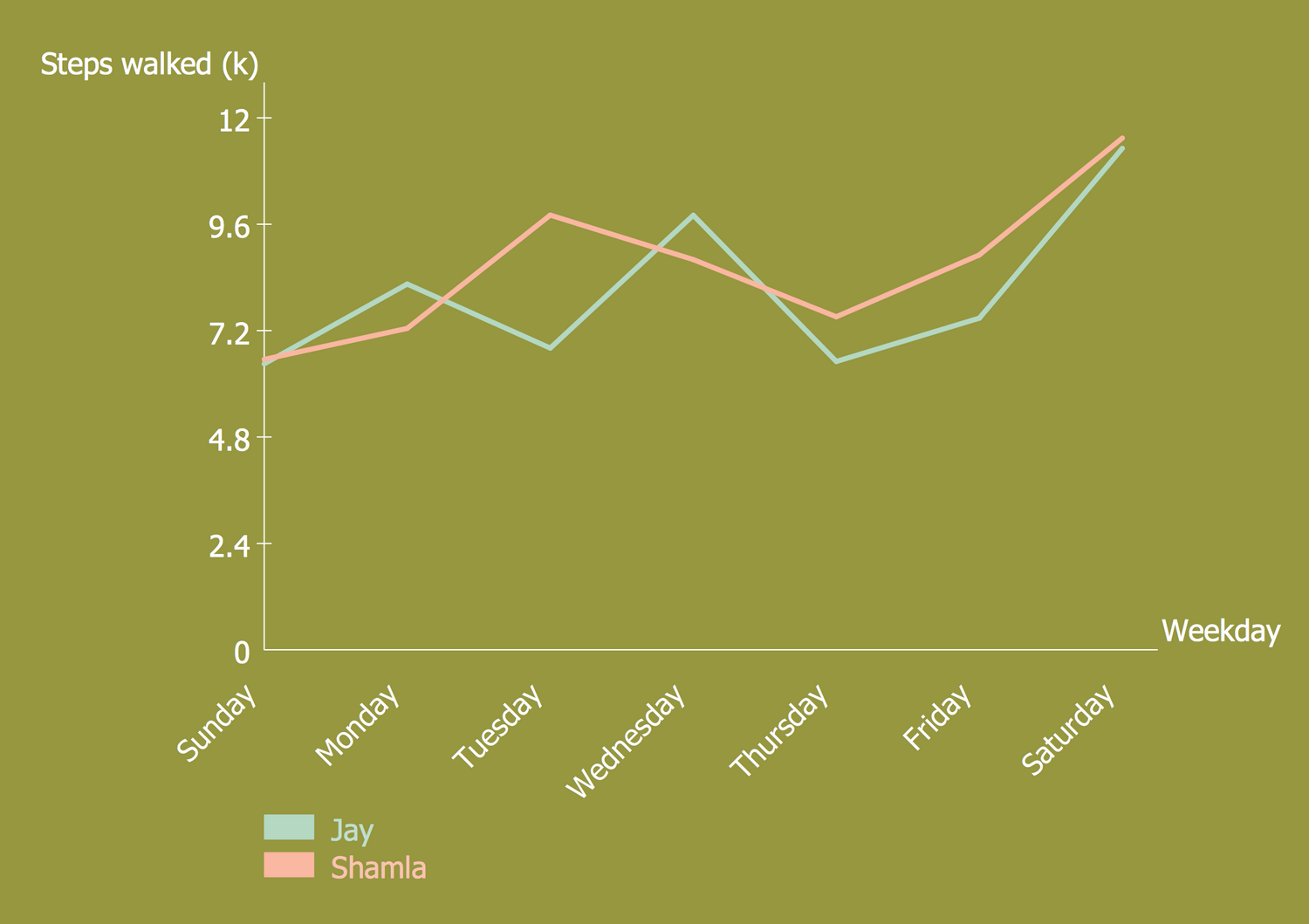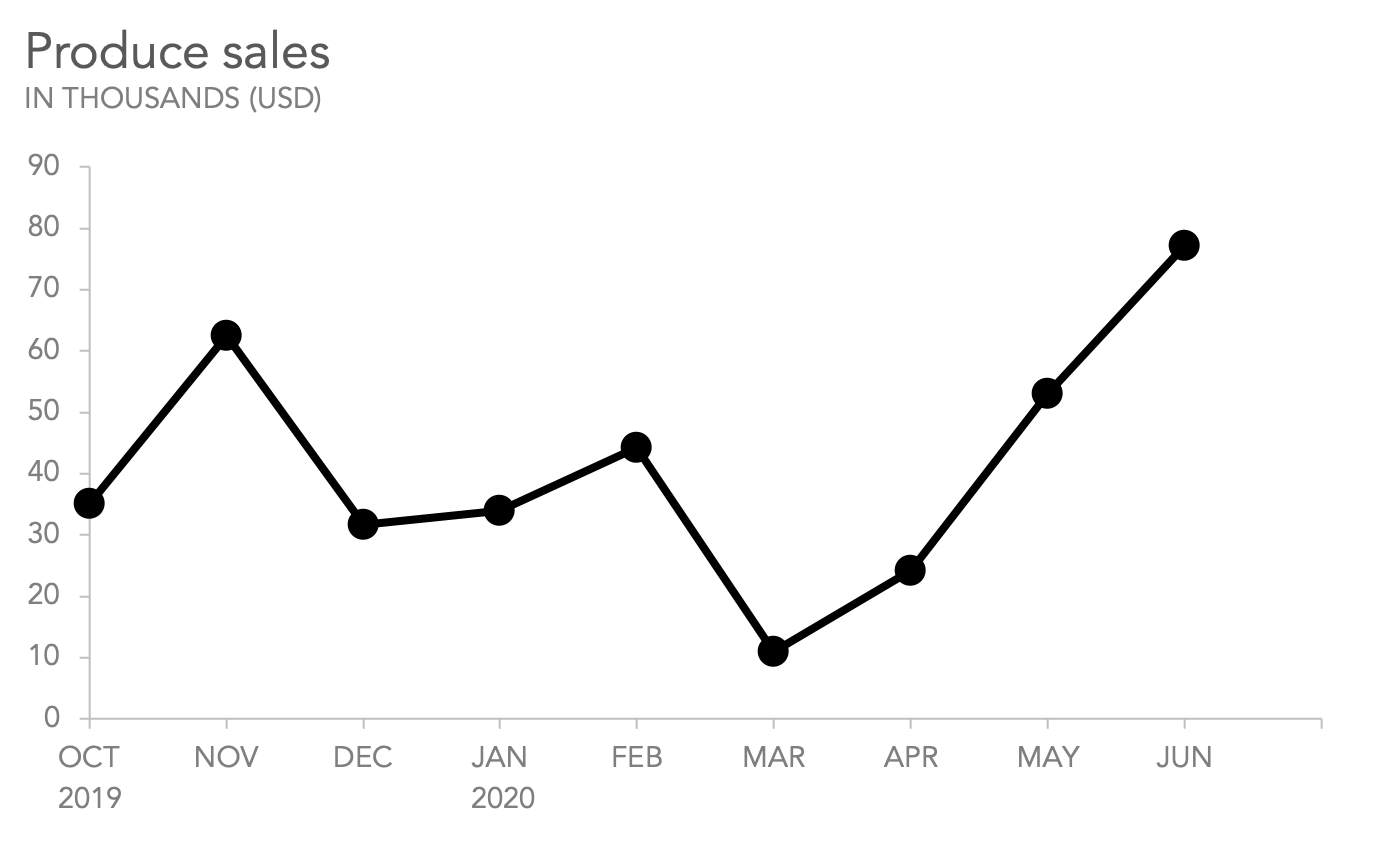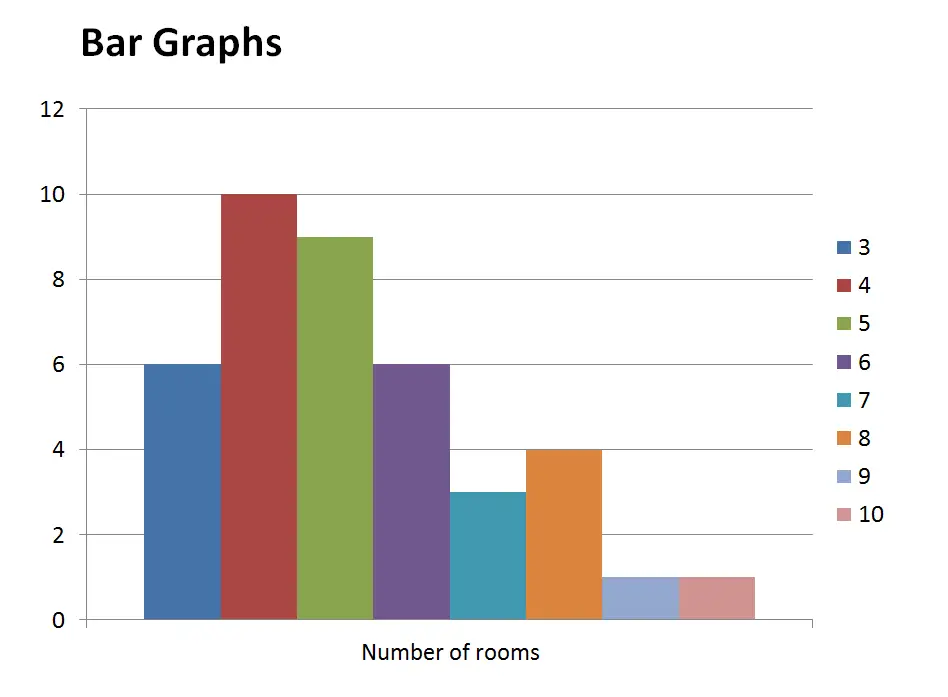Unique Tips About What Type Of Data Uses A Line Graph Tableau Multiple Measures On Same Axis
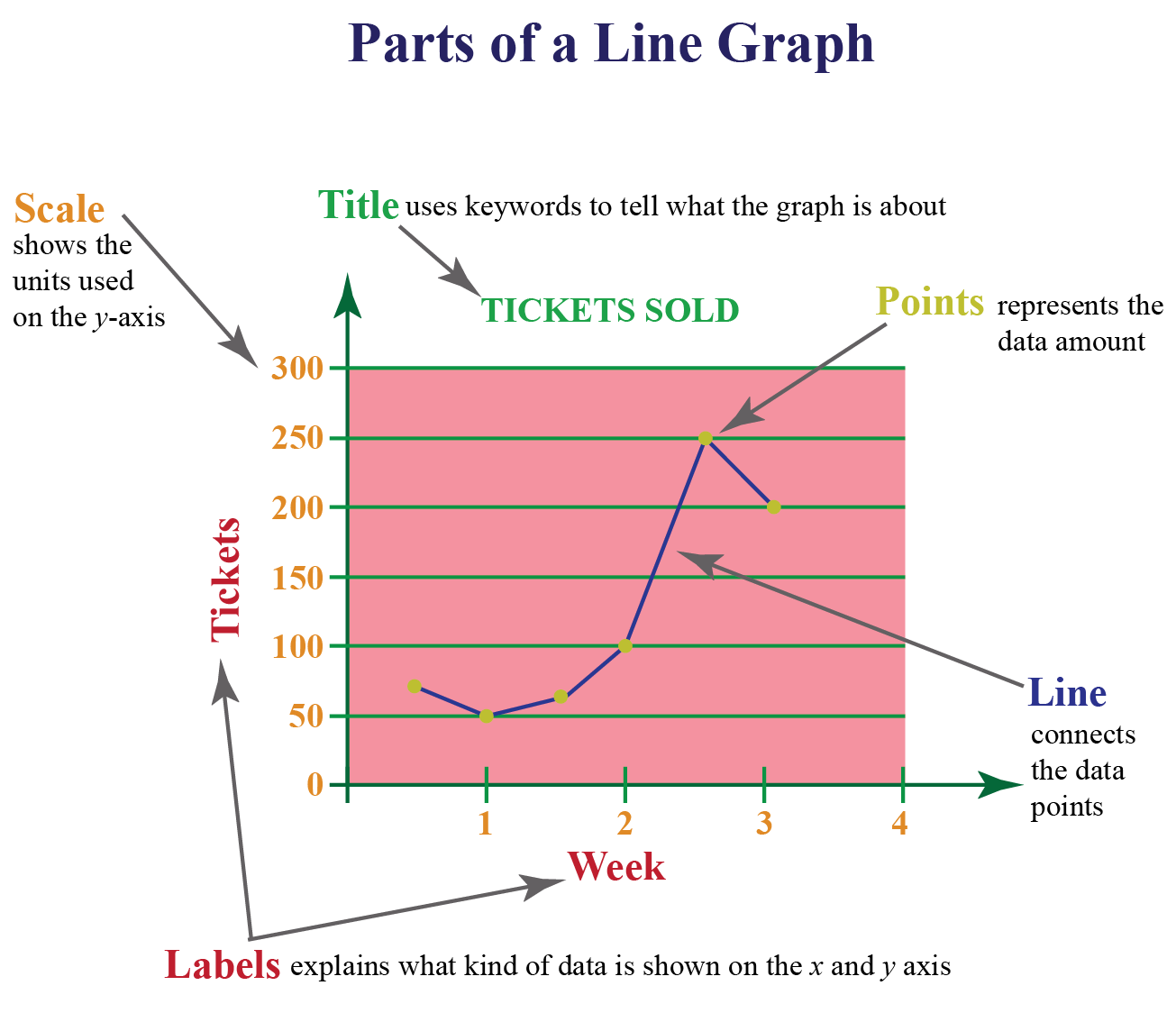
Just like other types of graphs and charts, line graphs are composed of a vertical and a horizontal axis.
What type of data uses a line graph. The horizontal axis depicts a continuous progression, often that of time, while the vertical axis reports values for a metric of interest across that progression. The scale of the graph explains the number of units used in defining each point on the graph. A line graph is a graph formed by segments of straight lines that join the plotted points that represent given data.
Line graphs, also known as line plots or line charts, are powerful tools for visualizing data over time. A line graph (or line chart) is a data visualization type used to observe how various data points, connected by straight lines, change over time. The main use of a line graph is to compare the data variables and make it easy to understand.
When you want to show trends. You visualize data points through charts and different types of graphs. Use line charts to display a series of data points that are connected by lines.
A line chart has three main types that are mainly used in both mathematics and statistics. It is often used to identify and interpret trends, patterns, and relationships in continuous data. This guide on the most common types of graphs and charts is for you.
For example, in one of my favorite sitcoms, how i met your mother, marshall creates a bunch of charts and graphs representing his life. A line graph, also known as a line plot, visually connects numerical data with lines to display changes over time, effectively showing trends such as stock prices or weather patterns. The good news is you don’t need to have a phd in statistics to make different types of graphs and charts.
A line chart graphically displays data that changes continuously over time. Graphs are usually manually constructed on paper, using excel, or automatically generated with software. A line chart (aka line plot, line graph) uses points connected by line segments from left to right to demonstrate changes in value.
Access to matlab through your web browser. We’ll also discuss how to create line graphs in excel and their significance in tracking trends. A line graph displays quantitative values over a specified time.
This article explores what line graphs are, their types, components, and their uses in various fields, including finance. A variable is basically anything that can change, like amounts, percentage rates, time intervals, etc. In this blog, i’ll take you through different line graph examples from various industries to help you understand the power of this type of data visualization.
For example, one axis of the graph might represent a variable value, while the other axis often displays a timeline. Perfectly suited for demystifying intricate datasets for students, it simplifies the core principles of line graphs in plain english. A line chart—also called a line graph—is a visual representation of numeric or quantitative data that shows the relationship between two variables.
The line graph is used to solve changin g conditions, often over a certain time interval. Each line graph consists of points that connect data to show a trend (continuous change). Get started quickly with the basics of matlab.
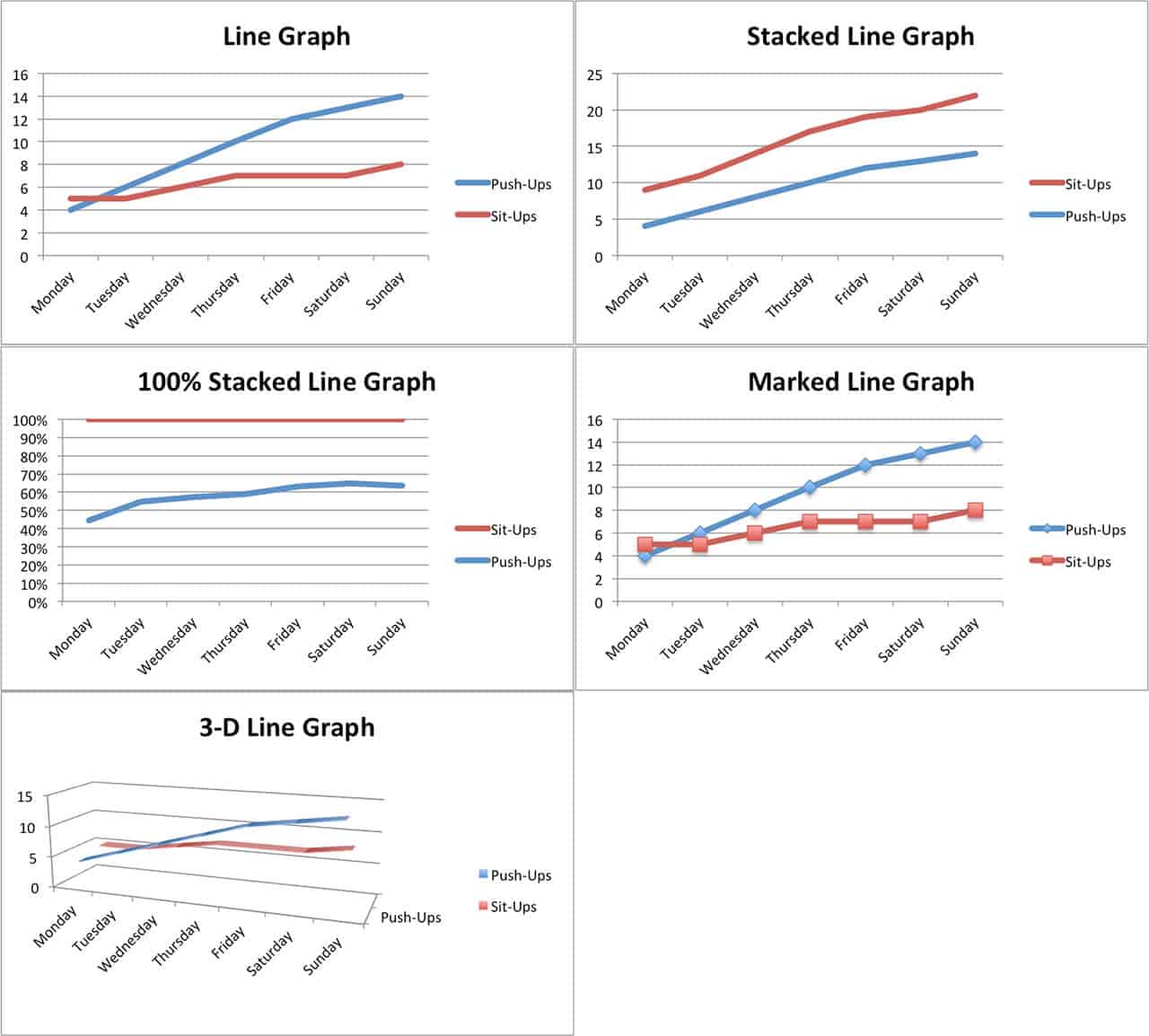



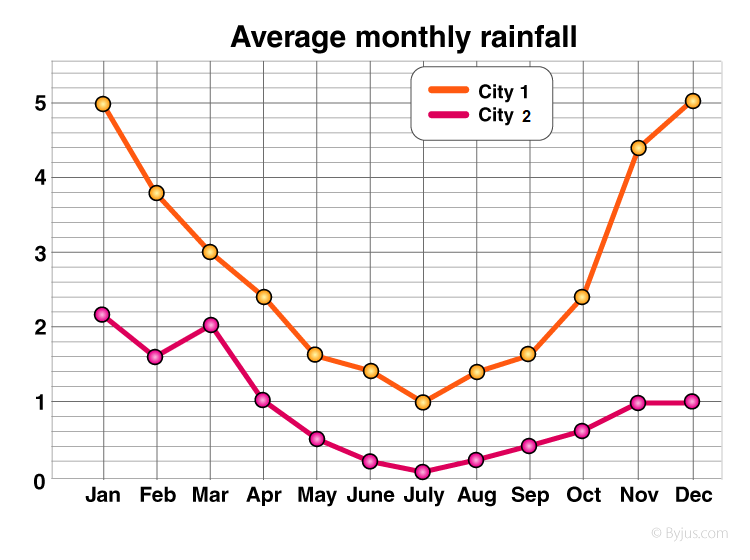
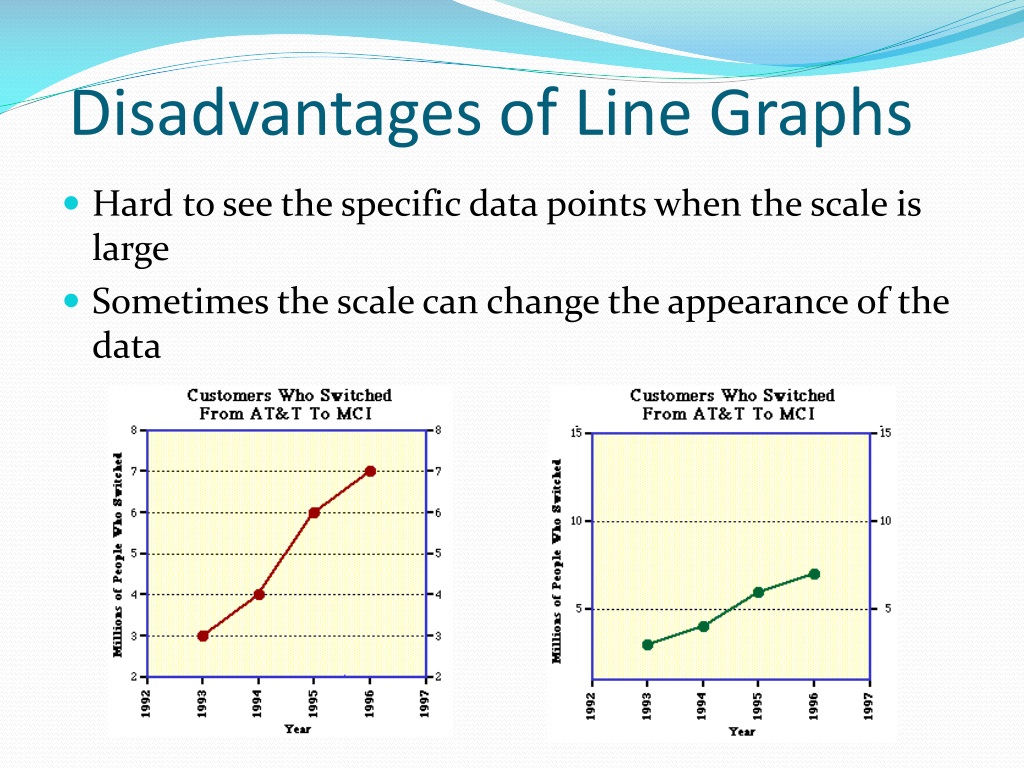
:max_bytes(150000):strip_icc()/Clipboard01-e492dc63bb794908b0262b0914b6d64c.jpg)
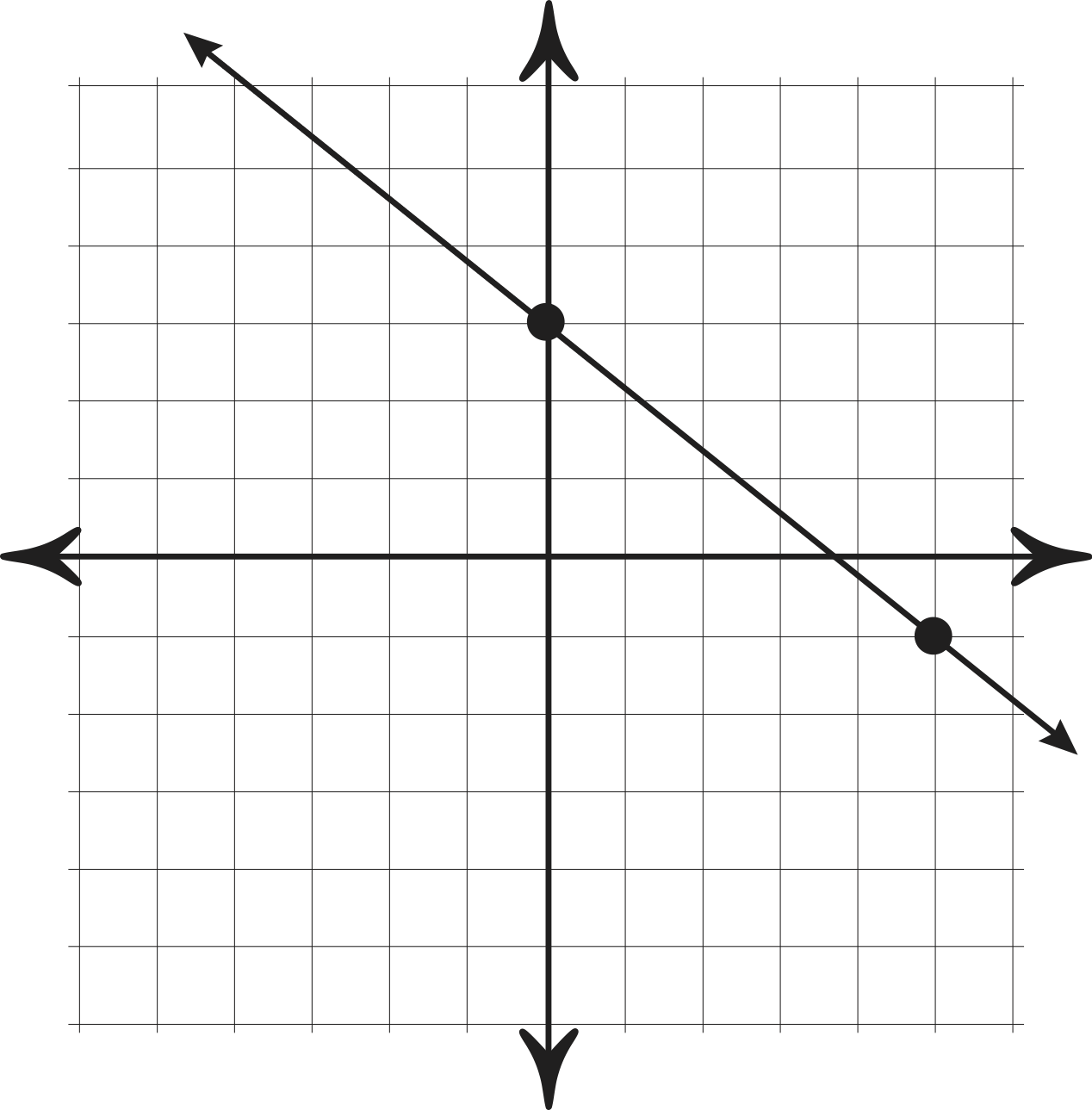
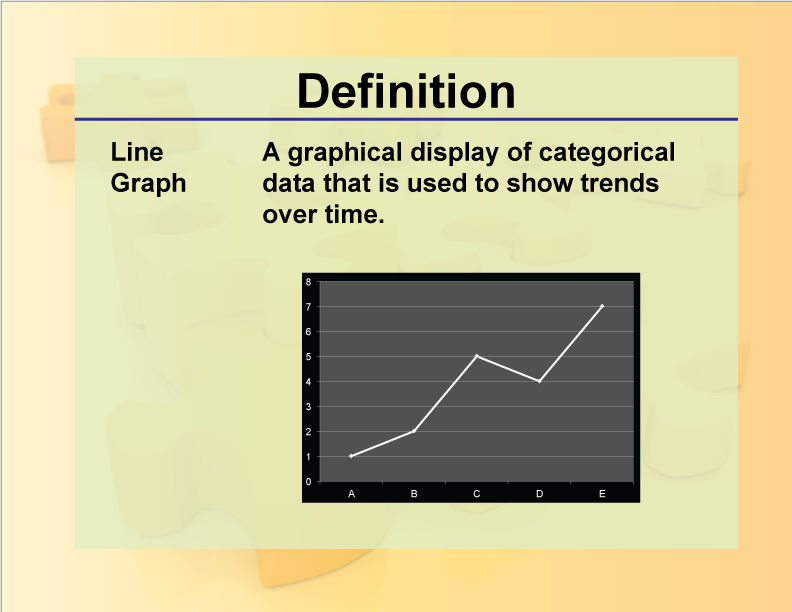

![[Solved] ggplot line graph with different line styles and 9to5Answer](https://i.stack.imgur.com/kkxBt.png)

